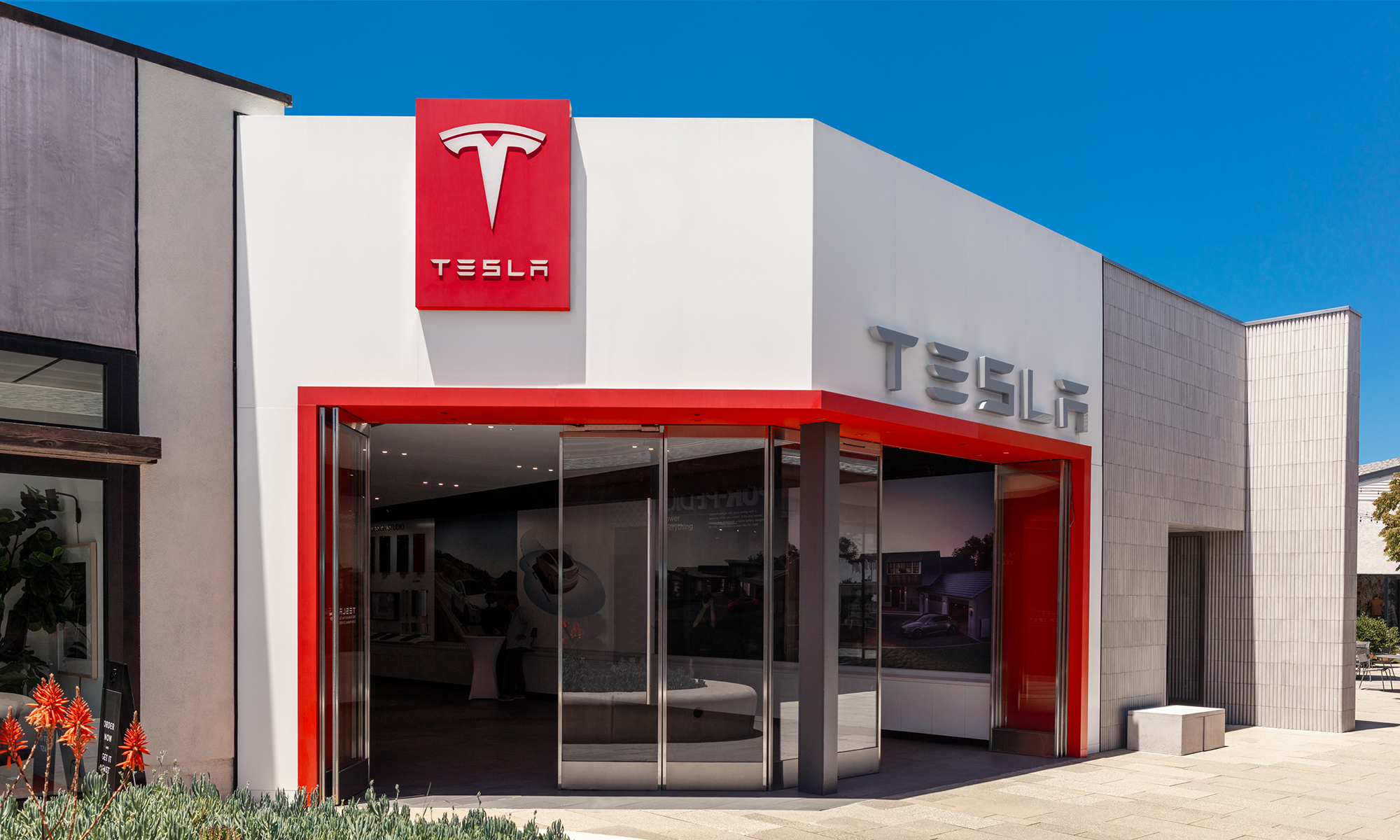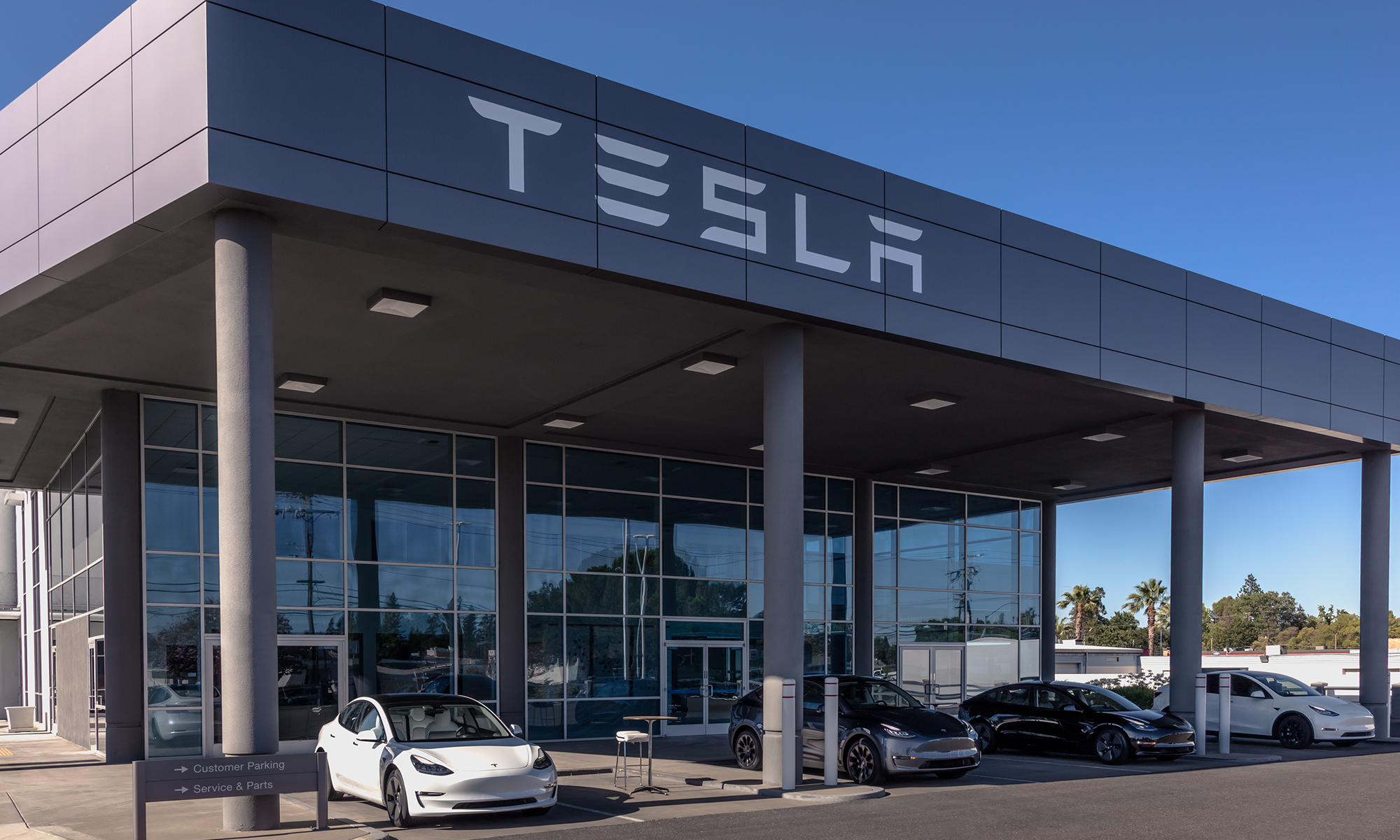If Elon Musk keeps this up, he's going to gift humanity with reusable rockets in less than two years.
Over the weekend, in an unexpected announcement, Musk's space-exploration vehicle and privately owned space launch company, SpaceX, placed a video on YouTube, showing its latest test of the Grasshopper reusable, vertical take-off, vertical landing spacecraft. In a 95-second demonstration, we see Grasshopper lift itself off its launch pad, rise 1,066 feet into the air, bobble a bit and get its bearings, then safely drop back down to land -- it appears -- within mere inches from where it took off.
This is all part of Musk's grand plan to create a spaceship capable of launching from Earth, doing its business in space, then lowering itself back down to Earth all under its own power -- and by all indications, it appears that everything's going according to plan.
The Grasshopper, a 10-story-tall rocket ship consisting of a SpaceX Falcon 9 rocket, standing on aluminum legs and powered by a Merlin 1D engine, will be the first spacecraft ever to accomplish the task Musk has set it to perform. If it does so, SpaceX could inaugurate an era of cheap space travel, in which rockets no longer need to be built from scratch for each and every launch. Instead, a rocket built once, upon accomplishing its mission, will return to Earth for an oil change, to get its tires rotated, and its gas tank refilled -- then be good to go on another milk run.
The plan
According to plans filed with the Federal Aviation Administration two years ago, SpaceX is testing Grasshopper in three phases. Judging from what we know about the June test (shown in the video), it appears the company has now entered into phase three of its testing, which calls for leaps to altitudes of first 1,200 feet (roughly where it got to this time), then 2,500, 5,000, 7,500, and finally 11,500 -- taking the craft more than two miles into the sky.
Granted, that's still about 50 times short of the altitude Grasshopper will need to hop to reach low earth orbit. But already, we've seen the craft go from less than two meters to 325 meters in height in just 10 months -- an 18,000% increase in altitude. Were altitudes to keep on increasing at this phenomenal rate, the rocket could top 35 miles in altitude 10 months from now, then pass through 6,000 miles just 10 months after that -- leapfrogging low earth orbit to arrive in medium earth orbit.
What's next?
SpaceX's FAA filing doesn't say what might happen after the 11,500-foot test flight -- or even how long it might take the company to get that high. From an investor's perspective, though, I have to say: "Slow it down, Elon. Take it slow -- and don't forget to IPO."
Because perhaps the most annoying thing about watching Grasshopper leap to ever-higher bounds, is knowing that so far, the only of Musk's three companies that he's permitting investors to participate in are solar power lessor SolarCity (SCTY +0.00%) and electric-car maker Tesla Motors (TSLA +0.09%) -- the two that are currently (and massively) unprofitable. In contrast, profitable, successful SpaceX remains frustratingly privately held by Musk.
Speaking entirely from the selfish perspective of an investor who'd prefer to buy profitable companies rather than money-burners, I'd much rather buy a piece of SpaceX before it revolutionizes space travel, than after.






